trending
neon
Cirque du Soleil offers summer ticket deals
dining out
Celebs ditch the Strip for iconic Henderson restaurant
july 
trending
neon
Cirque du Soleil offers summer ticket deals
dining out
Celebs ditch the Strip for iconic Henderson restaurant
july 
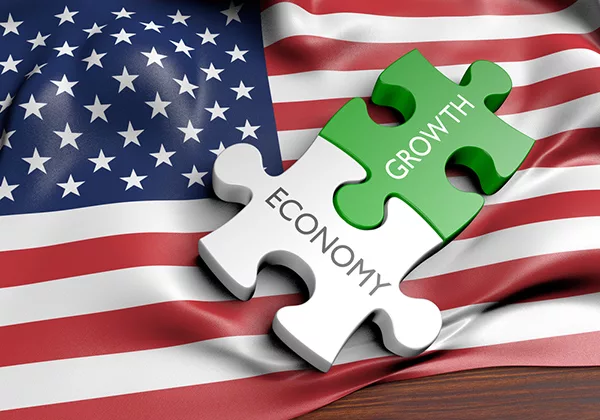
Despite a series of interest rate hikes by the Federal Reserve, the U.S. economy is demonstrating signs of recovery. In this article, we explore the factors behind the economic resilience, the effects of Fed's actions, and the broader implications for businesses and consumers




In the face of multiple interest rate hikes over the past year, the U.S. economy is beginning to show promising signs of recovery. The Federal Reserve's policy of increasing interest rates is traditionally used as a tool to curb inflation, but its impact on economic growth has been mixed. While higher borrowing costs have slowed down some areas of the economy, they have not derailed the overall growth trajectory. Instead, the U.S. economy is demonstrating resilience, fueled by strong consumer spending, robust job growth, and a recovering labor market.
This article delves into the key factors driving this recovery, how the Federal Reserve's actions are influencing various sectors of the economy, and what this means for businesses, consumers, and investors.
One of the most significant contributors to the U.S. economy's recovery is the continued strength of consumer spending. Despite higher interest rates, consumers have remained active participants in the economy, fueled by wage growth, government stimulus payments, and a general sense of financial stability. Retail sales, housing markets, and service sector industries have all seen growth as Americans continue to spend.
Consumer spending makes up a large portion of U.S. GDP, and its resilience has helped keep the economy on track. From durable goods like automobiles to discretionary spending on travel, entertainment, and dining, Americans are still opening their wallets. The confidence shown by consumers reflects the broader optimism surrounding the economic recovery.
The U.S. job market has shown remarkable strength throughout the economic recovery. Unemployment rates have steadily declined, and job creation remains robust across many sectors. The strength of the job market has been one of the key factors in driving consumer confidence, as workers feel secure in their employment and more willing to spend.
Job growth has been especially noticeable in the services sector, healthcare, and technology, which are all experiencing strong demand for labor. Additionally, businesses continue to hire at a healthy pace, despite the challenges posed by higher borrowing costs. This has helped to offset some of the negative impacts of the Fed's rate hikes and keep the economy moving forward.
Another sign of economic recovery has been the strong earnings reports from many U.S. corporations. Despite the pressures of higher interest rates, businesses have managed to grow their revenues and profits. In part, this is due to ongoing demand for goods and services, as well as the ability of companies to adapt to changing market conditions.
Corporate investment in technology, infrastructure, and workforce expansion has also been a key factor in the recovery. Many businesses are continuing to invest in innovation and productivity improvements, helping to maintain growth even in a high-interest-rate environment.
The U.S. housing market has demonstrated remarkable resilience despite the Fed's efforts to cool it down with higher mortgage rates. While home sales and home prices have softened in some regions, the overall housing market remains strong, especially in areas where demand outpaces supply. Low inventory levels and ongoing interest in homeownership have helped to prop up the housing market.
Even with mortgage rates climbing, many potential homebuyers have chosen to lock in rates, and housing starts have been strong, reflecting confidence in the long-term value of real estate. This resilience in the housing sector has been an important contributor to the broader recovery of the U.S. economy.
The global economic environment has also played a role in the U.S. economic recovery. Despite challenges such as geopolitical instability and supply chain disruptions, the U.S. economy has benefitted from strong demand for exports, particularly in sectors like technology, aerospace, and agriculture. The strength of the U.S. dollar has helped make American goods more affordable for international buyers, and this has led to an increase in exports.
Furthermore, the recovery of other global economies, particularly in Asia and Europe, has helped support U.S. businesses, as global demand for products and services has remained steady.
The Federal Reserve's actions to raise interest rates have played a key role in controlling inflation, but they have also had side effects on the broader economy. While the Fed’s primary mandate is to maintain price stability, it must also ensure that its policies do not stifle economic growth. The recent rate hikes, aimed at curbing inflation, have made borrowing more expensive for businesses and consumers alike.
However, the economy has demonstrated resilience, partly due to the lagging effects of previous stimulus measures and the ability of businesses and consumers to adapt to the higher cost of borrowing. As long as the labor market remains strong and consumer spending continues, the economy can withstand these rate hikes and continue to recover.
Financial markets have shown a degree of optimism in response to the Fed’s actions. While some volatility has been observed in stock and bond markets due to rate changes, overall market sentiment remains positive. Investors are focused on the Fed’s efforts to bring inflation under control while preventing a recession, and so far, the central bank has managed to navigate this delicate balance.
The Fed’s transparent communication about its policy decisions has also helped to stabilize market expectations. By signaling its intentions to gradually increase rates and keep inflation in check, the central bank has avoided causing unnecessary panic or uncertainty in the markets.
Looking ahead, the Federal Reserve is expected to continue its gradual tightening of monetary policy to ensure inflation remains under control. While this may slow down some areas of the economy, it is unlikely to derail the recovery altogether. The central bank will need to monitor economic indicators closely, including employment and inflation data, to ensure that it is taking the appropriate actions.
The Fed's forward guidance will continue to be a crucial tool in managing expectations and ensuring that the recovery remains on track. If inflation continues to trend downward and the labor market remains strong, the central bank may ease off rate hikes, which could further support economic growth.
Despite the positive signs, challenges remain for the U.S. economy. The global supply chain issues, ongoing geopolitical tensions, and rising energy prices all present potential risks to the recovery. Additionally, the impact of rising rates on businesses, particularly small businesses, could create headwinds in the coming months.
However, as long as consumer confidence remains high and job growth continues, the U.S. economy appears to be on a sustainable recovery path, even in the face of ongoing rate hikes.
Despite a series of interest rate hikes by the Federal Reserve, the U.S. economy is demonstrating signs of recovery. In this article, we explore the factors behind the economic resilience, the effects of Fed's actions, and the broader implications for businesses and consumers
the latest

U.S. GDP Growth Projections Amid Ongoing Supply Chain Issues
As the U.S. grapples with persistent supply chain issues, GDP growth projections for the coming years are being affected. This article explores the impact of these challenges on the economy and forecasts for 2025.
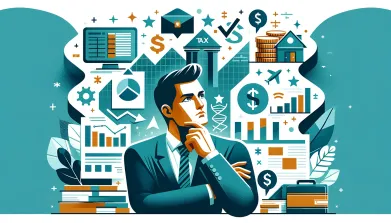
New Tax Reforms Expected to Stimulate Investment in Small Businesses
New tax reforms in the U.S. are designed to incentivize investment in small businesses, potentially driving economic growth and job creation. This article explores the expected impact of these reforms

Global Economic Concerns: How U.S. Policies Are Shaping the Future
As the U.S. continues to implement key economic policies, global markets are taking note. This article explores how these policies are influencing economic conditions worldwide and what it means for future growth
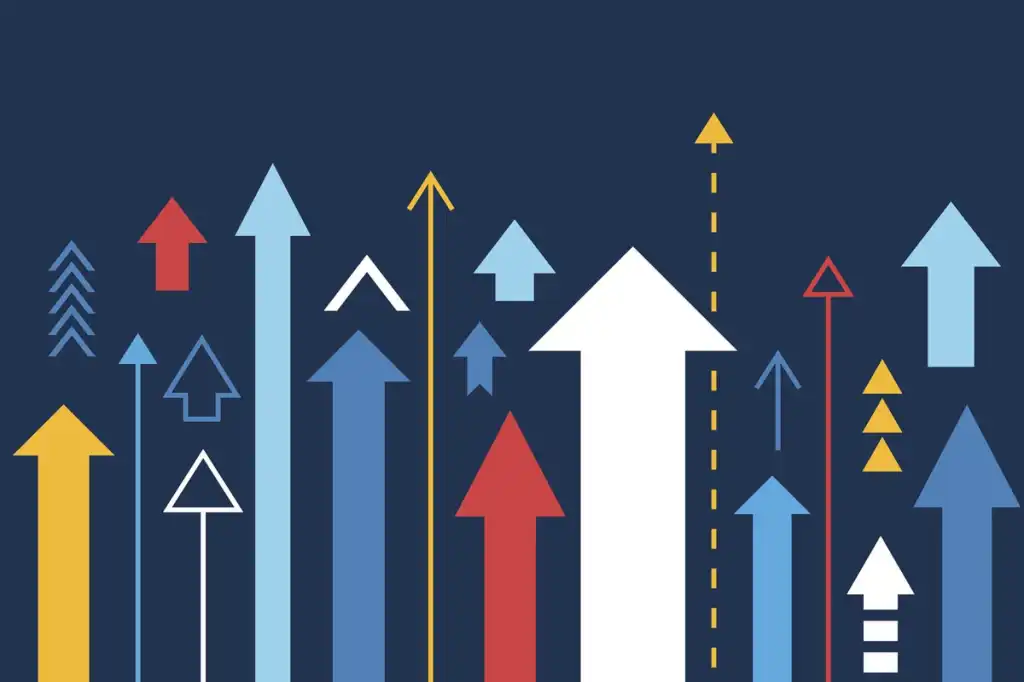
The U.S. Labor Market: Strong Jobs Report Signals Continued Economic Recovery
The latest U.S. jobs report shows strong gains in employment, signaling continued recovery in the labor market. This article explores the implications of these positive labor market trends for the broader economy

Inflation Remains a Challenge for U.S. Economic Growth in 2025
As the U.S. economy heads into 2025, inflation remains a persistent challenge. This article explores the causes of inflation, its effects on economic growth, and potential solutions for managing rising prices

Stock Market Volatility and Its Impact on Economic Stability
Stock market volatility has far-reaching effects on economic stability. This article explores the causes of stock market fluctuations and their impact on growth, investment, and consumer confidence

Biden's Economic Agenda: Key Policies to Shape Future Growth
President Biden's economic agenda focuses on sustainable growth through infrastructure investment, clean energy initiatives, and tax reforms. This article explores the key policies shaping the future of the U.S. economy
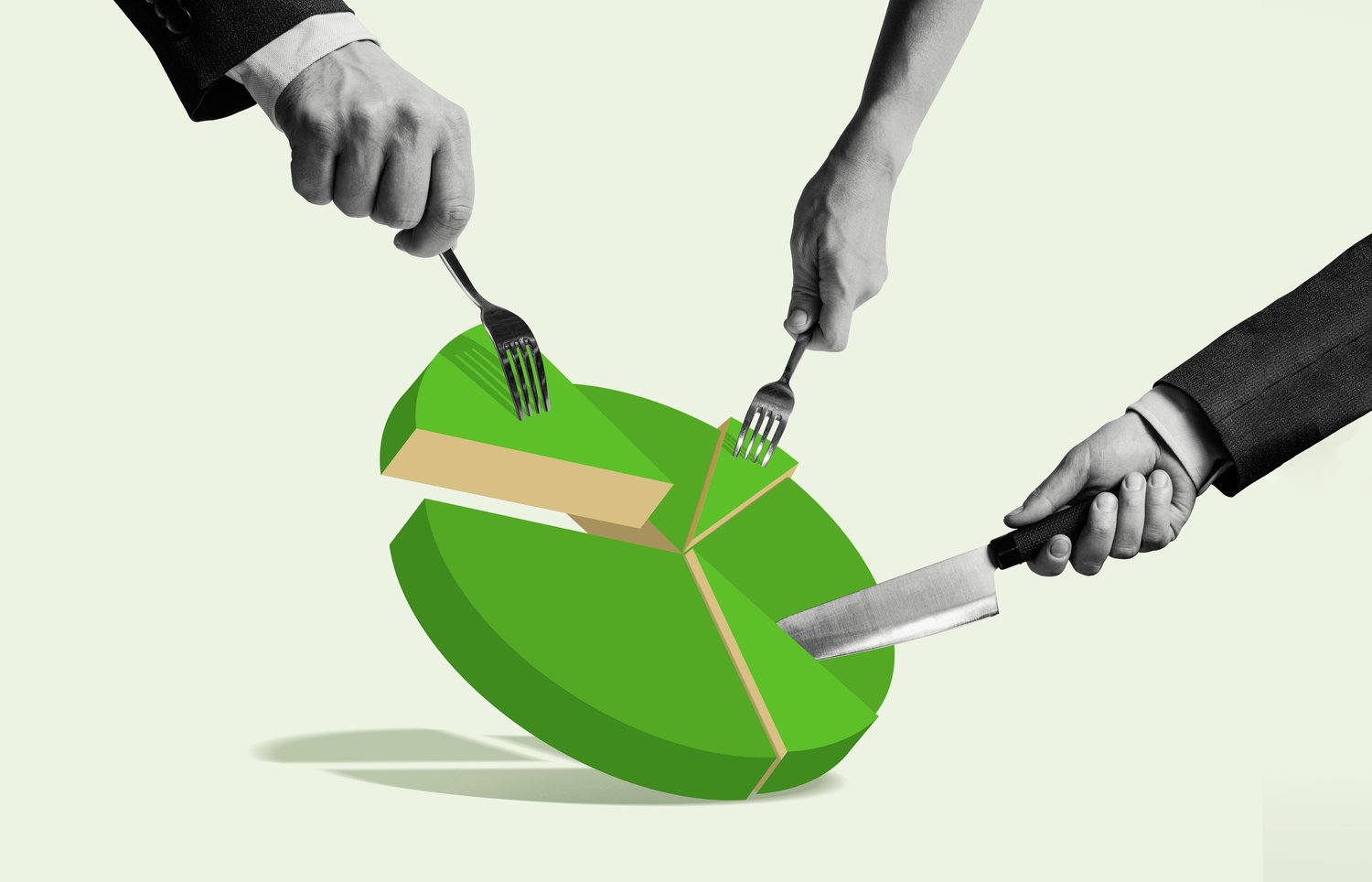
U.S. Reforms: What They Mean for Investors
Recent U.S. reforms are reshaping investment strategies, affecting markets, businesses, and investor confidence. Learn how these changes influence financial decisions
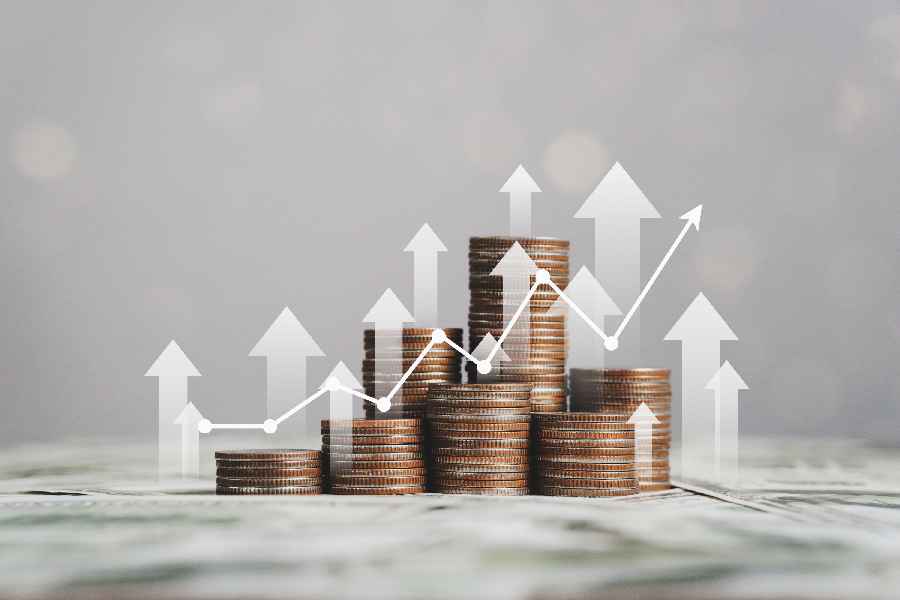
The Link Between U.S. Growth and Investment Strategies
Explore how investment strategies shape U.S. economic growth, influencing markets, businesses, and financial trends for long-term stability